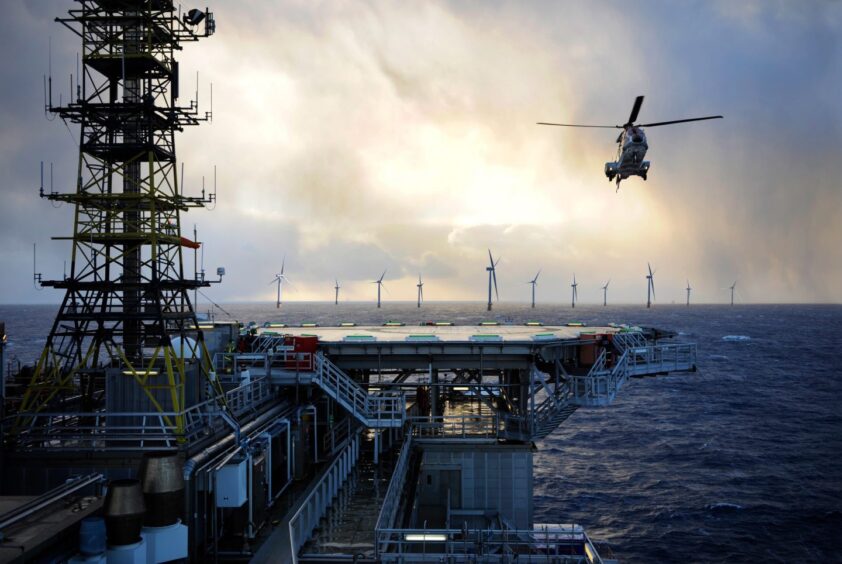
Allocation Round (AR) 7 may be delayed as a result of various local content requirements, analysts from Cornwall Insight have warned.
Tim Dixon, speaking during a webinar, said there was no confirmed timeline as yet.
Prime Minister Keir Starmer launched the new Clean Industry Bonus (CIB) in November, replacing the Sustainable Industry Reward (SIR). Dixon noted the CIB application window, which provides support for fixed and floating offshore wind, was due in February.
The CIB process will take place six months before opening the allocation round, Dixon said. “There is the indication that it will be slightly slower compared to [AR6],” he continued.
“Government has said that it will take about 50 working days to issue [CIB] statements to applicants, which is what they need to be able to apply for a CFD,” Dixon noted.
Dixon pointed to further evidence of delays with the publication, on December 3, of supply chain guidance. The application window for this will open on March 10 and run until March 16. This is three months behind AR6, which opened the supply chain window in 2023.
“This gave a timeline for when the application window would open for the supply chain plans. That’s running several months behind what the AR6 timeline had in place,” Dixon said. “The results of that aren’t expected until June 5.”
Budgeted plans
Another point to watch is the publishing of the statutory budget, which will detail how much money government sets aside for the contracts for difference (CfD) pot.
For AR6, the statutory budget notice was published in March this year, with a revision – under the new government – at the end of July.
The amount of money the government may dedicate to AR7 is unknown at the moment, although given its lofty ambitions for 2030 it will need to be fairly substantial. Dixon warned, though, that the government will look at the pipeline of assets for the auction as one factor to bear in mind.
“If the budget is set too high, compared to the amount of pipeline that’s actually eligible to go into the auction, you’ll end up with very high clearing prices with relatively low capacity level secured. That’s not deemed the best outcome for the consumer,” he warned.
Therefore, the government will be looking “closely at what they think is eligible for the auction. They want to ensure the budget that they set keeps everything competitive. And they want to keep the clearing prices as low as possible in the auction.”
Right or wrong
While the government is keeping a close eye on CfD economics, so too are companies. The Cornwall analyst said “many developers may now be wondering whether or not the CfD is even right for them to begin with. And if it is right for them, do I put my whole asset into the CfD? Or do I go for some part-merchant business model?”
An increasing number of developers have opted for co-location, with the CfD as part of the whole business model. The CfD is “only one of a few potential revenue streams that might actually be available for assets”, he said.
Uncertainty around network changes and pricing changes under the Review of Electricity Market Arrangements (REMA) may deter investors.
While the CfD has been successful, not all technologies have benefited from it. Dixon noted that there had been increased merchant build out of solar PV, and to a lesser extent onshore wind.
Energy from waste “often struggles” to make headway under a CfD, he continued. These projects combine heat and power, with revenues from waste fees and complicate the bid process.
Recommended for you

